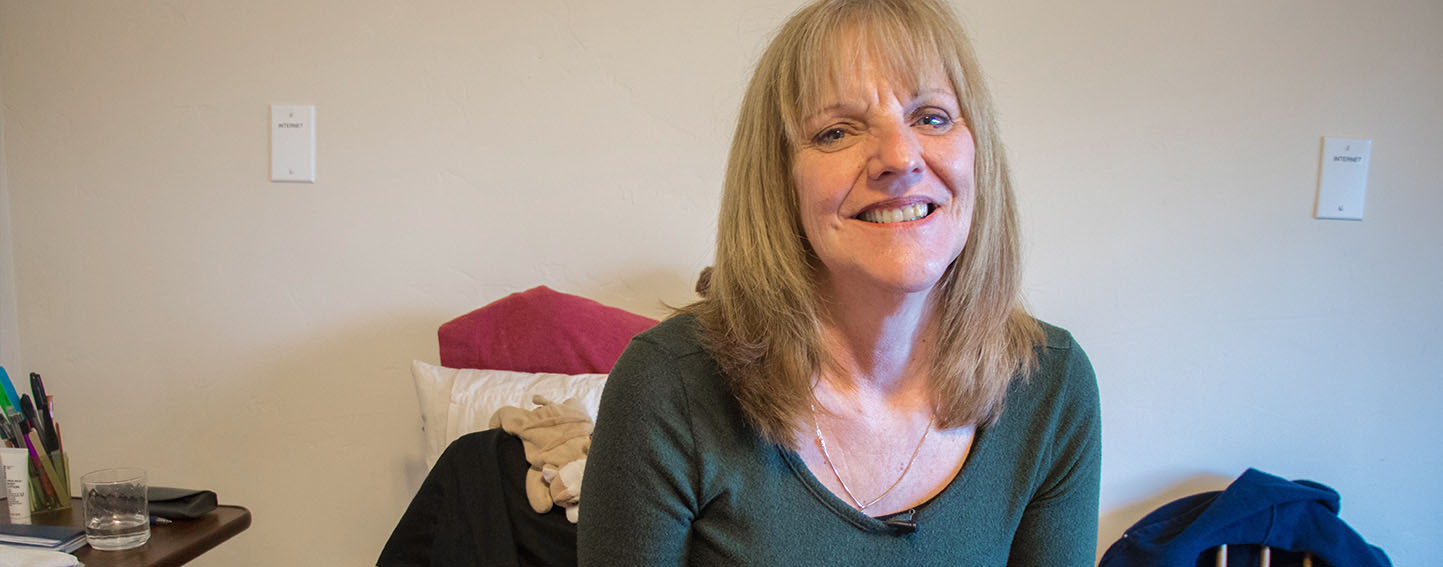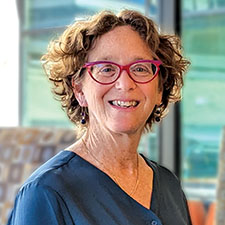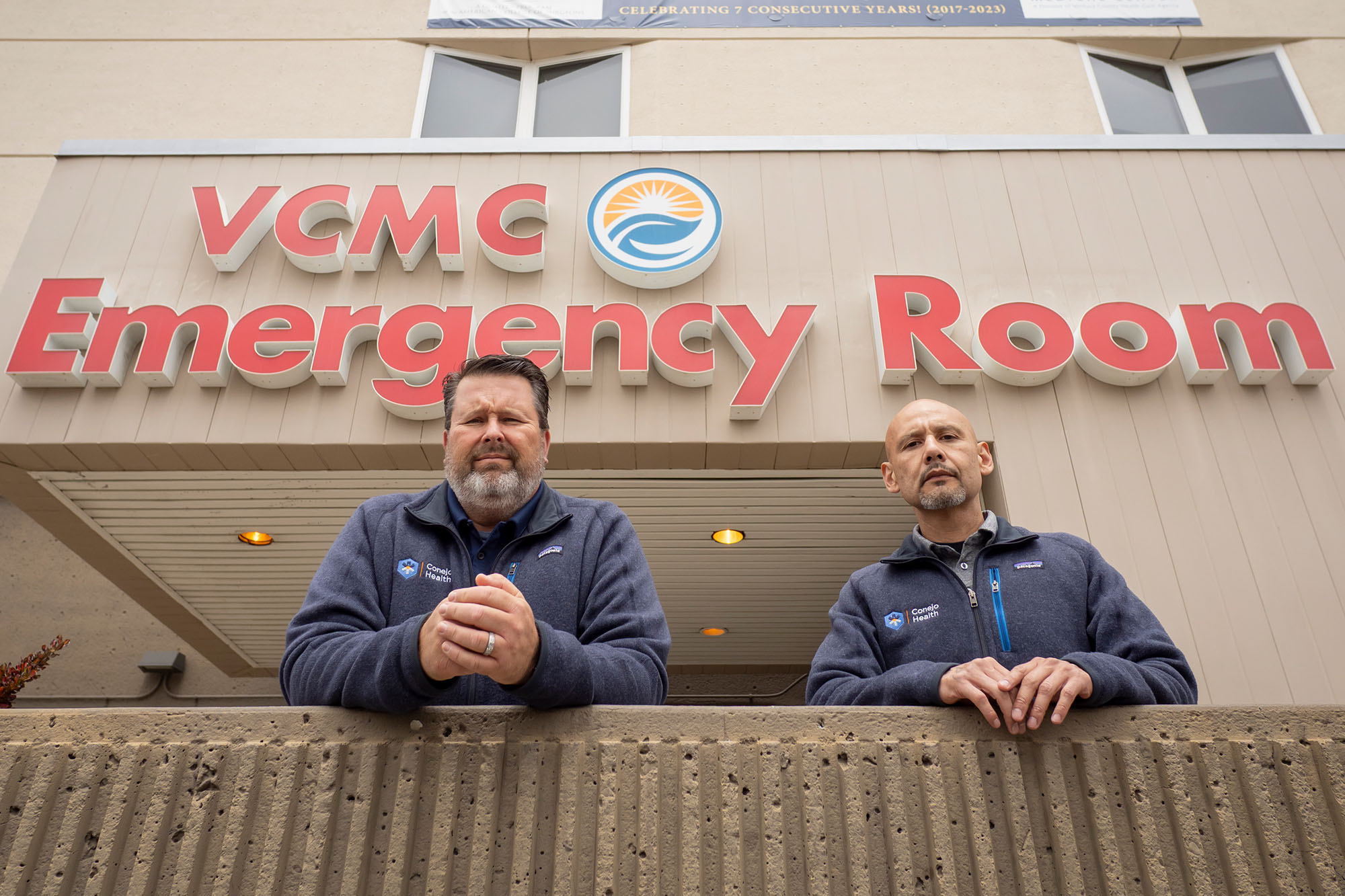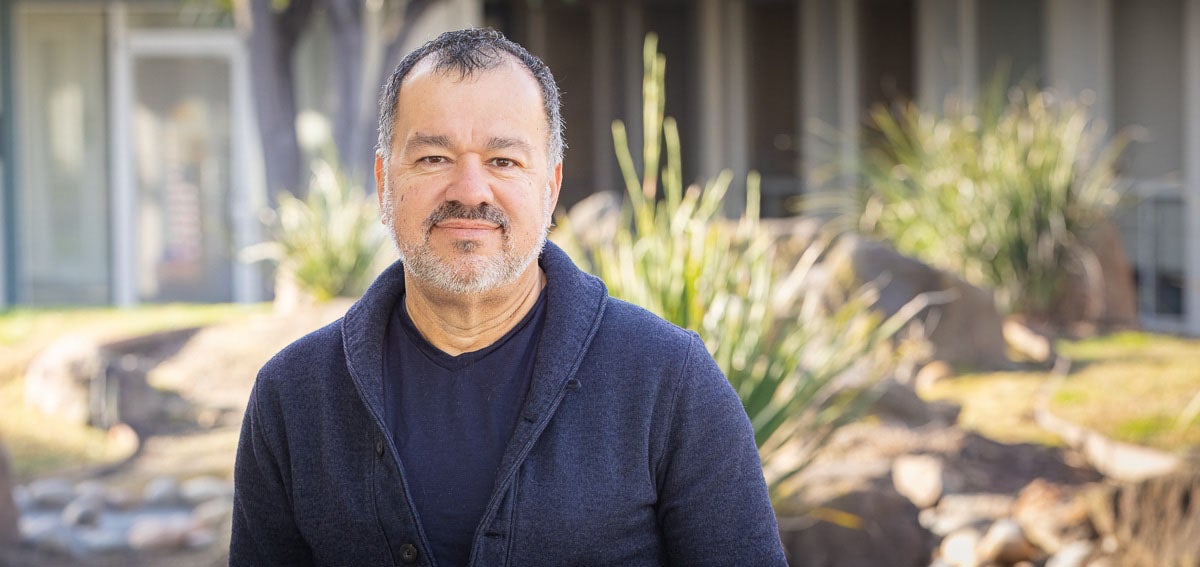
Across California, 25 programs in local communities are focusing on providing better coordination of physical health, behavioral health, and social services for Medi-Cal enrollees who live with complex health conditions. These people are often homeless and frequently visit hospital emergency departments to get health care. Others were recently released from prison or jail. Known as Whole Person Care (WPC) pilots, these innovative projects are part of Medi-Cal’s five-year demonstration waiver, known as Medi-Cal 2020. They are testing organizing a community’s collective resources to provide social services that wrap around Medi-Cal benefits as way to improve health and social outcomes and save money. This innovative approach has built momentum, and California is well along in adopting it. As of December 2018, about 108,000 people statewide were enrolled in WPC pilots.
Karly, a resident of Placer County, has benefited from the program. Not so long ago, “I had a job, I had friends. I had my own home,” she told Placer County’s WPC program for a series of stories called From Homeless to Hope. “I would take vacations every year and complain that it was Monday morning and I had to get up for work.”
Then Karly lost her job and began isolating herself. Ultimately, she lost her home and began living in her car and using alcohol heavily. She wound up at a shelter in North Auburn, where, in 2017, she became one of the first people enrolled in Placer County’s WPC pilot. She worked with a case manager who helped her set goals, connected her with job training, and helped her identify housing options.
One year ago, I was in the shelter, curled up on my bed not wanting to deal with people . . . [the WPC pilot] got me off of living on the streets, out of the shelter, clean and sober and in a home. An actual home.
—Karly, a WPC client in Placer County
Today, Karly has a place to live and is an In-Home Supportive Services worker, helping the elderly and people with disabilities. The difference in her life is striking. “One year ago, I was in the shelter, curled up on my bed not wanting to deal with people,” Karly said. WPC “got me off of living on the streets, out of the shelter, clean and sober and in a home. An actual home.”
California Leads the Way in Treating the Whole Person
CHCF is proud to back the WPC pilots as a central strategy to improve the way care is delivered in Medi-Cal. Two new CHCF-supported papers highlight the WPC pilots’ progress.
Whole Person Care: A Mid-Point Check-In, written by Harbage Consulting and published by the California Department of Health Care Services, noted the importance of collaborations among local government agencies and between those agencies and outside partners. Such partnerships take time and effort, especially when entities have different cultures and proficiencies. For example, county probation officers and behavioral health providers may for the first time be working together on behalf of the same client. The report credited the WPC program offices as central points of authority that help make these partnerships work.
Equally important, the report found, are interdisciplinary teams that focus on coordinating clients’ care. In many communities, WPC funding supports the hiring and training of community health workers and peer support specialists who stay in touch with WPC enrollees and help organize their care. Most pilots also focus on connecting WPC enrollees to housing. While Medicaid funds cannot be spent to purchase or rent homes, they can be used for security deposits and for supportive services such as coaching clients on living as a tenant. Even with creative approaches, the lack of affordable housing stock in many parts of California makes this a continuing challenge.
Smooth Exchange of Client Data Is Essential
One barrier to the WPC pilots’ goal of coordinating medical, behavioral, and social services is the inability of many organizations to effectively exchange data about their patients. Without efficient data exchange, individual providers won’t know what care their patient is receiving from other providers, and genuine care coordination isn’t possible. WPC pilots are navigating legal, technological, and organizational concerns to share data securely among partners.
These themes drive the second paper, Catalyzing Coordination: Technology’s Role in California’s Whole Person Care Pilots, by Intrepid Ascent, a health care consulting firm. The authors identified opportunities for technology companies to develop alternative solutions for care coordination, data analytics, and social service referrals. The authors described the challenges WPC pilots face when adopting technology solutions, including how to design data-sharing agreements and whether to use existing technologies or acquire new ones. The document includes case studies of Contra Costa and Marin counties that illuminate the pioneering thinking and sustained effort around tech innovations that have sparked care coordination breakthroughs in those pilots.
With a year and a half left in the enabling waiver, the WPC pilots are solidifying these technological improvements and looking ahead to sustaining the care innovations they’ve developed for the state’s most vulnerable people. If communities can continue to strengthen the infrastructure and relationships built by the pilots, the prospects for Medi-Cal being able to treat the whole person will remain bright long after 2020.
Authors & Contributors






